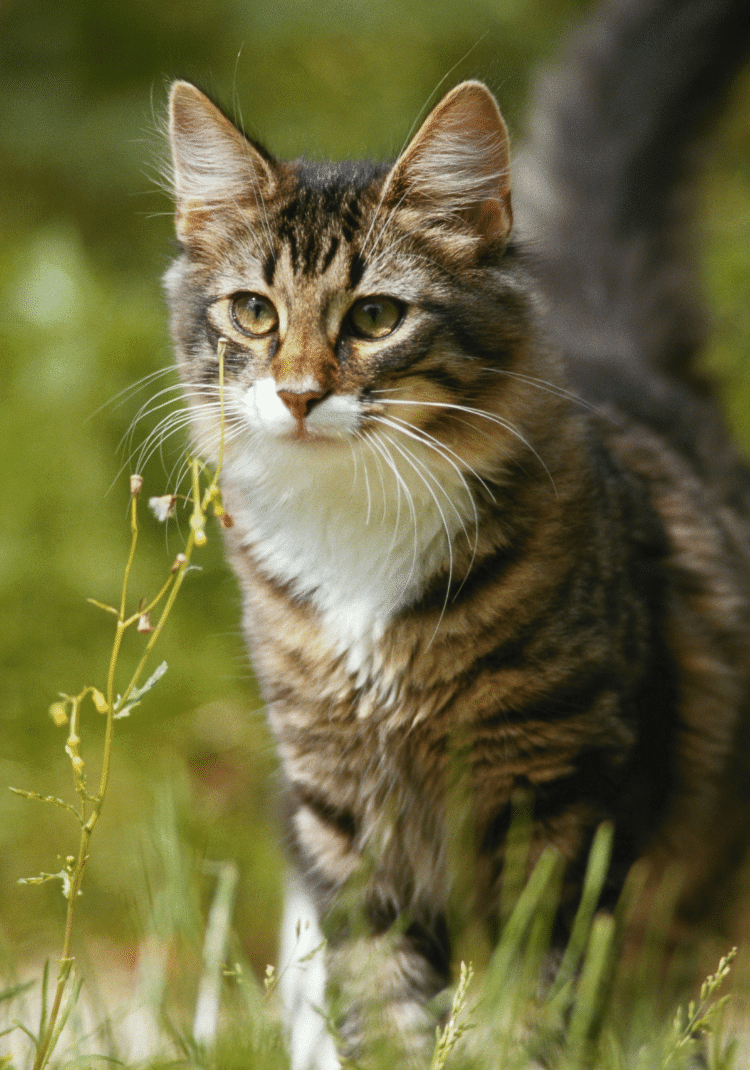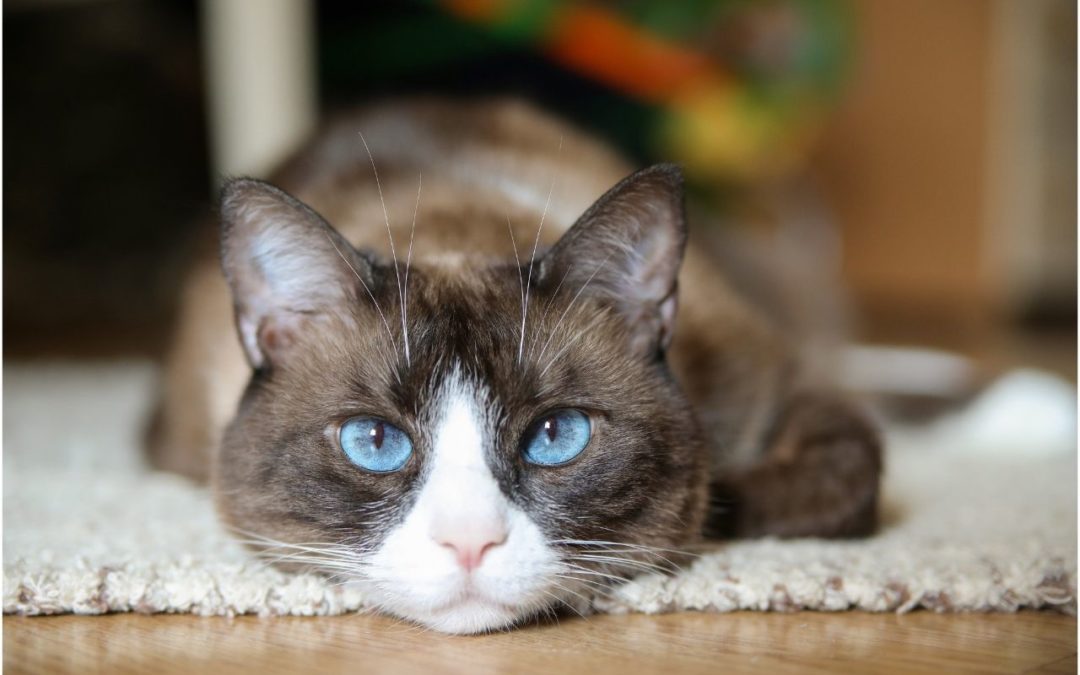What is it?
Despite the name, Feline Leukemia Virus (FeLV) is not a cancer diagnosis, but a retrovirus that mainly affects domestic cats. After initial infection, if the immune system does not eradicate the virus it will spread to almost every tissue within the body. Retroviruses insert their DNA into the host’s genome.
Because of this it can continue to infect hematologic and immune stem cells even after the bone marrow is destroyed. It is because of this that finding a cure has proven to be so difficult.

Once a cat is infected with the virus, it replicates at high rates and spreads to circulation within 2-3 weeks. However, the way FeLV manifests in your cat’s body depending on their immune system and how the cat’s body responds to the retrovirus. The mortality rate of FeLV can be very high although there is a small chance the cat can overcome the infection or live with the virus and not exhibit symptoms.
FeLV patients are severely immune suppressed and can become susceptible to other diseases such as anemia, lymphoma, and secondary bacteria, viral or fungal infections. An important piece of knowledge for a cat owner is to know common clinical signs of FeLV. They include weight loss, lethargy, inappetence, poor hair coat, diarrhea, and abortion
The highest risk factors for transmission are cats of a young age, high population of cats in a contained area and poor hygiene. The most common method of transmission is through saliva via contaminated water and food bowls or grooming housemates. Transmission from mother to kittens can occur transplacentally or during routine grooming or nursing
Prevention?
At Blue Ridge, we test and vaccinate
all kittens for FeLV. Annual
vaccinations are offered and are
highly recommended for any cats
that have access to the outdoors or
other cats.

In addition to routine vaccination, preventative measures include reducing the amount of time your cat spends outdoors, reducing contact with unknown cats, proper environmental hygiene, and separation from known FeLV-positive cats. It is important to understand there are no preventative measures that are 100% effective.²
If you are concerned your cat has encountered a positive cat or may be positive, please give us a call for an in-home examination and instant FeLV blood test.

